Sound Design 101: What is Excellent Film Sound
Rent film gear from local filmmakers.

Rent film gear from local filmmakers.
We tend to think of filmmaking as a visual product and then neglect stuff like sound, which is tossed aside like some puka shell necklace.
However, film sound alters a movie and represents a highly crucial element of the filmmaking process.
A movie without sound? Imagine participating in a silent disco – hella fun (or at least it would be). The only thing is you don't have a headset, and you're embarrassingly sober.
Awkward and highly unsettling.
The same thing is present when it comes to filmmaking. No matter what kind of film you set out to make, good sound design will elevate your project and help the audience believe the world you've created.
A great strategy to ensure you can execute excellent sound in your film is expanding your budget. So, make sure you don't fall into the classic silent-disco situation and download our free film budget template.
What is sound design?
Sound design is the art and practice of creating audio for various needs, such as film, television, advertising, music, and other productions. It's a process that involves recording, specifying, acquiring, manipulating, or creating auditory elements using sound production techniques and tools.
The process of creating sound for film commonly involves manipulating already composed or recorded audio, such as sound effects and dialogue. Creating a particular film sound can also involve creating your sounds from scratch.
Remember the famous shower scene from Psycho?
I hate to be a spoiler. But that wasn't the sound of a girl being stabbed. It was the sound of one melon-hating lunatic on the loose.
But you were pretty convinced, right?
Despite Hitchcock never showed us the murderous scene, we, the audience, still knew what was happening in the shot.
Designing audio falls into two main categories: creative and real sound design.
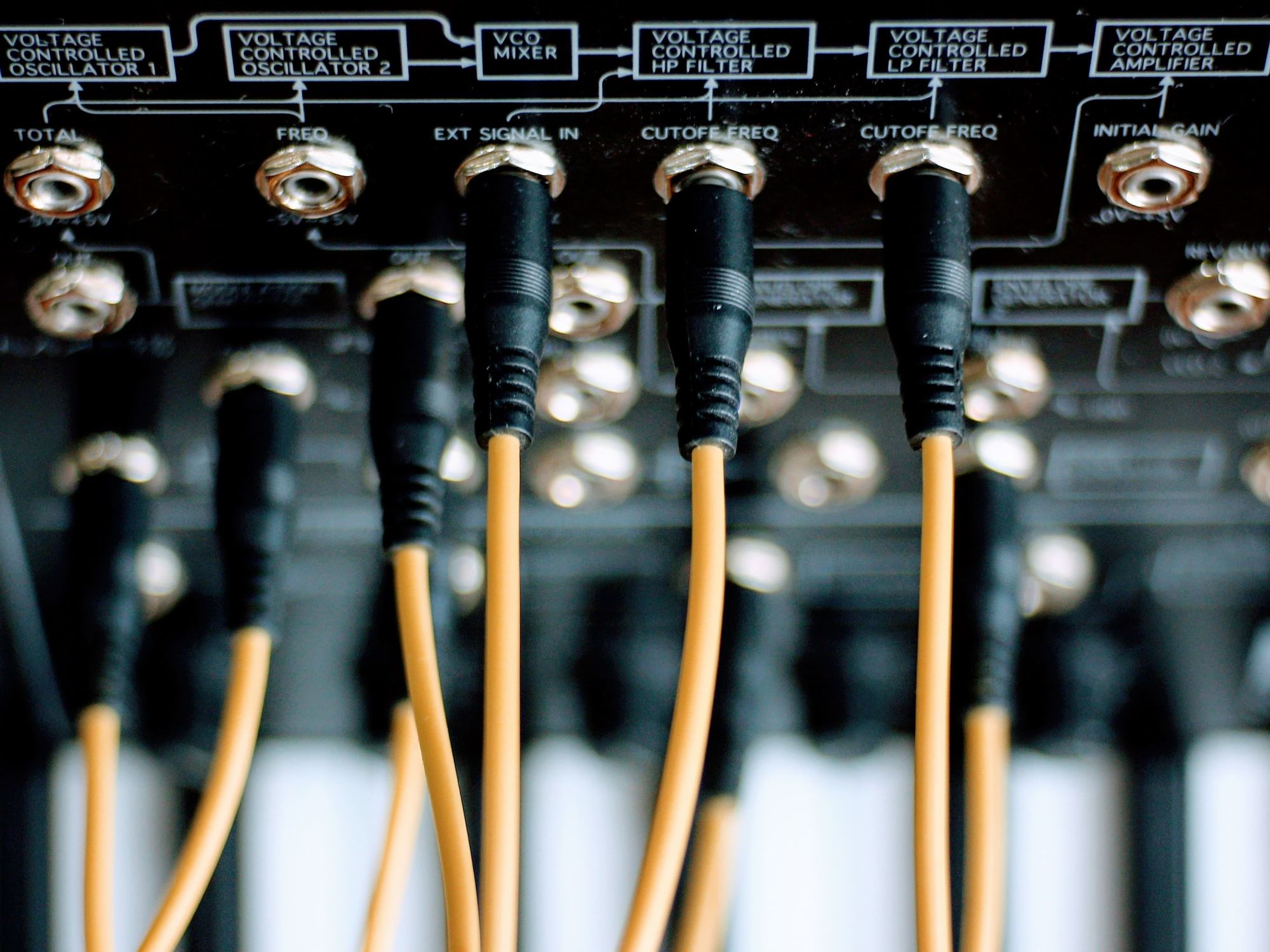
Creative sound design
This is what happens when audio outside reality is created. For example, the sound of an alien roaring, T-Rex eating or T-Pain singing.
Those unrealistic, creative sounds are created with everyday items such as a board or metal bins. You manipulate recorded sounds with digital software tools and then layer different sounds on top of one another.
A good (and well-done) example of film sound: The lightsabers from Star Wars. Again, I'm sorry for all the spoilers, but there isn't such as thing as whooshing-glowing-lollipop-sticks.
The sound from the lightsabers came from moving a microphone around in front of a speaker.
Another example of well-executed sound design; Jurassic Park. Seeing as it would be impossible to accurately capture the sound of an animal extinct about 65 million years ago – the sound designers would have to be creative. So, the sound you hear from the T-Rex breathing? That's the sound of air escaping a whale's blowhole.
Real Sound Design
This is the creation of sounds replicating those heard in reality. You can create real film sounds by making sounds that would occur in real life using unrelated tools to create sounds mimicking real life.
The audio is then treated to sound like something suitable for the environment. For example, Indiana Jones' whip has a very distinct cracking sound (all the better to slash those nasty nazis with). Or as you've seen it in The Texas Chain Saw Massacre. Even when Leatherface isn't visible on screen, the sound of his favourite weapon buzzing in the background is enough to set your teeth on edge.
The history of sound design
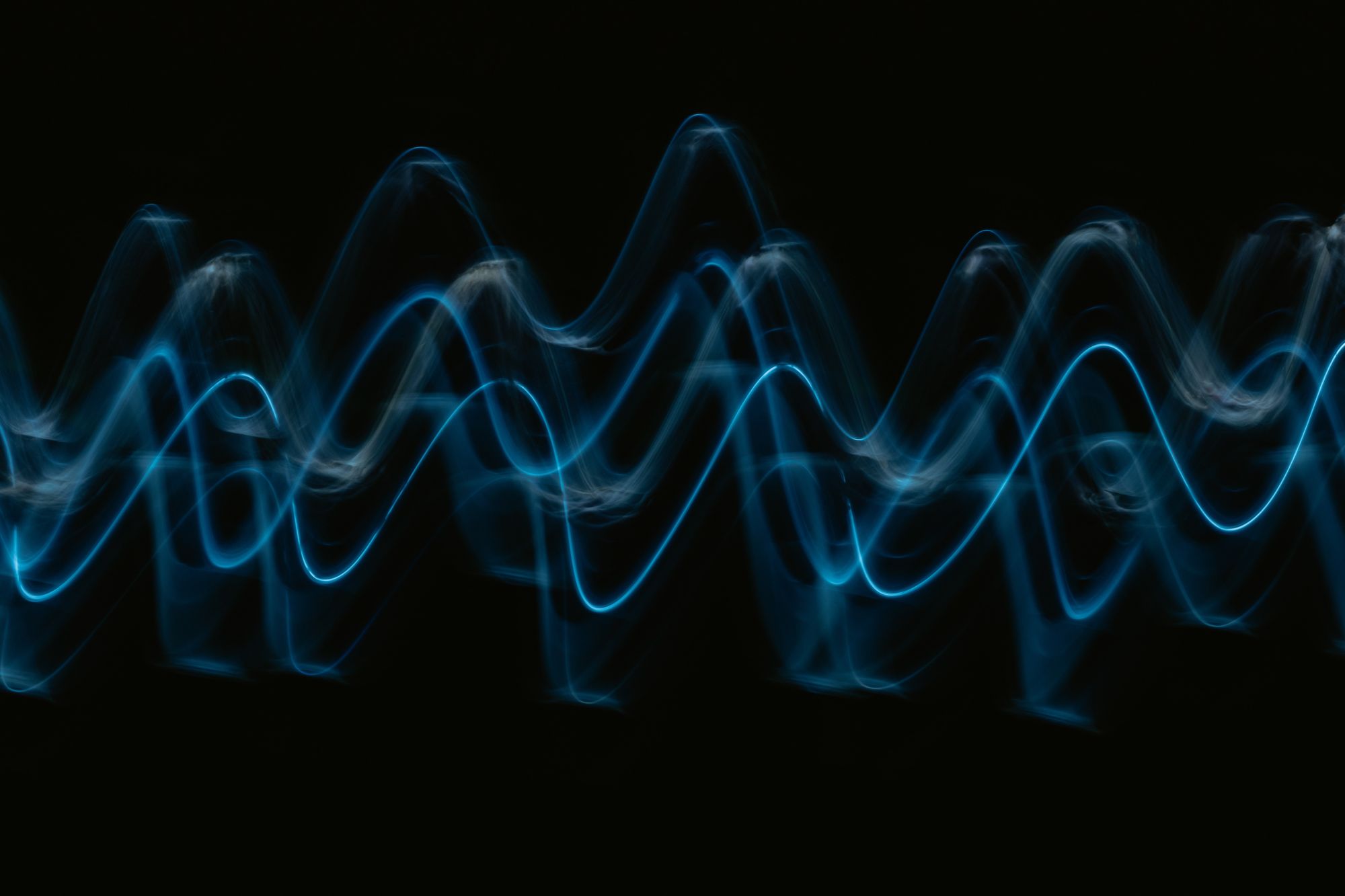
Sound has always played an essential role in how we perceive the world. Sound can evoke emotions, reflect the mood and underscore actions.
So, it's hardly a surprise that audio production began popping about the same time as man-create-fire began gaining popularity.
In its earliest stages, we used sound design in religious practices for healing or recreation. A little after, around medieval times, it found its way to theatre practices, which used music and sound effects to enhance performances. Sound effects were produced off stage using devices such as bells, whistles, and horns.
And the rest is history (quite literally). Several technological advancements, such as MIDI and digital audio technology, have contributed to sound design as we know it today in various industries – here among film and television.
What is sound design used for?
Whew, where should I start?
Sound is present in basically everything we do. It's one of our six senses, afterall…
Sounds affect how we interpret and perceive a situation. And so, audio design has many uses.
Theatre
Modern audio technology has enabled theatre sound designers to produce flexible, complex, and inexpensive designs easily integrated into live performance.
Musicals
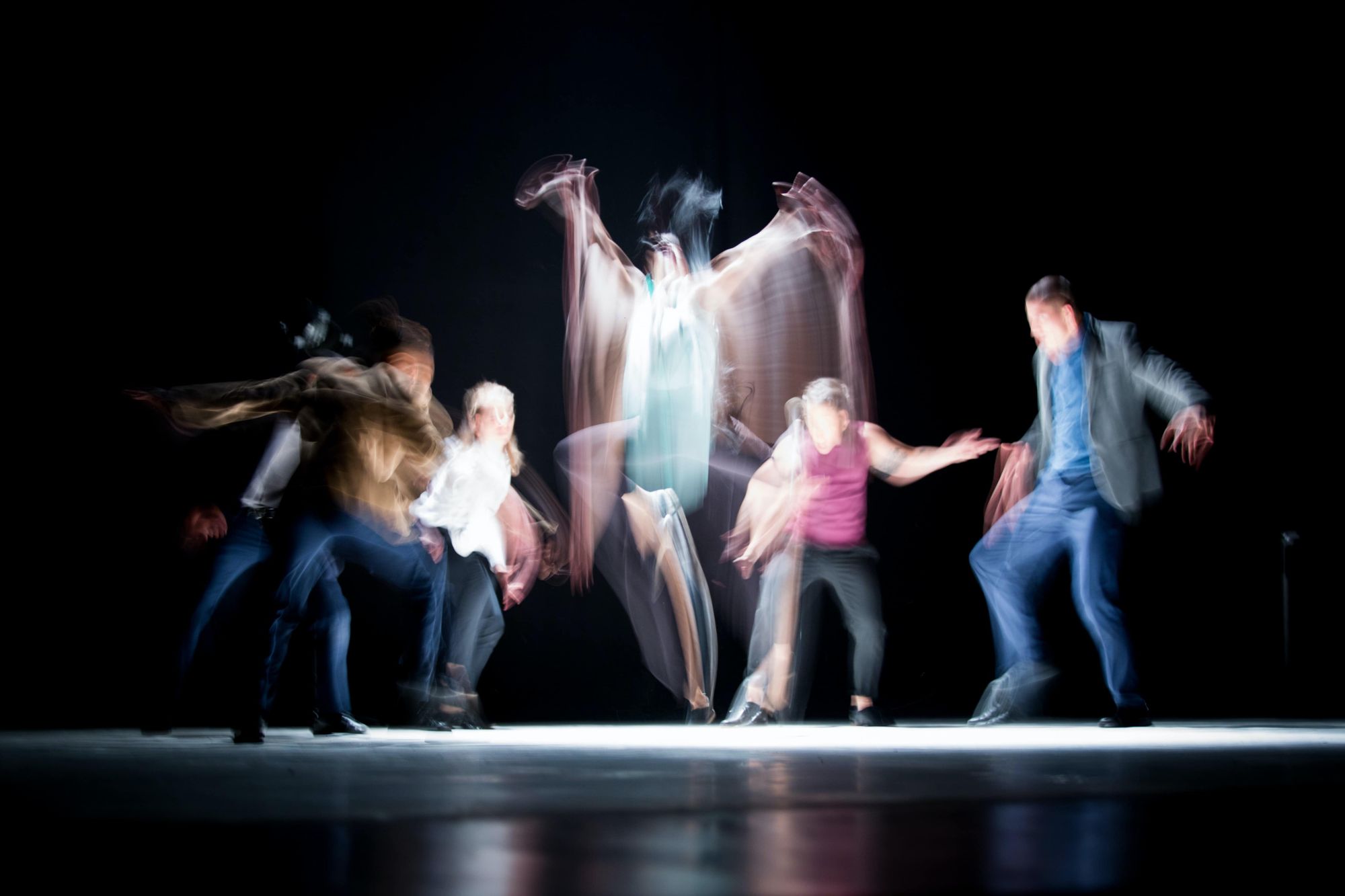
Thought musicals only had… music?
Musicals also take advantage of sound design. However, it's a little different than what you'll find in the typical film setup. Audio production for musicals often focuses on designing and implementing a sound reinforcement system that will fulfil the needs of the production.
If a sound system is already installed in the performance venue, the sound designer's job is to tune the sound system for the best use for a particular production.
Music
Well, music is the main priority when it comes to music.
However, in some music genres, mainly electronic, artists and producers will sometimes source additional help from sound designers, to contribute specific auditory effects, ambiences, etc., to the production.
You thought Pink Floyd stood at a cash register to make their "Money" song?
Fashion
Audio production is also valuable for fashion shows. Here the sound designer works with the artistic director to create an atmosphere fitting the theme of a collection, commercial campaign, or event.
Computer games
You may have never thought of this. But Super Mario didn't come with the catchphrase "Okie Dokie" before a sound designer came into the picture and created all of that.
Audio production is just as essential in video games as in film and television. However, there are a few additional requirements for sound production for computer applications, including reusability, interactivity, low memory, and CPU usage.
As a sound designer, you will often collaborate with an engineer (e.g., a sound programmer) who's concerned with designing the playback systems and their efficiency.
The sound design process
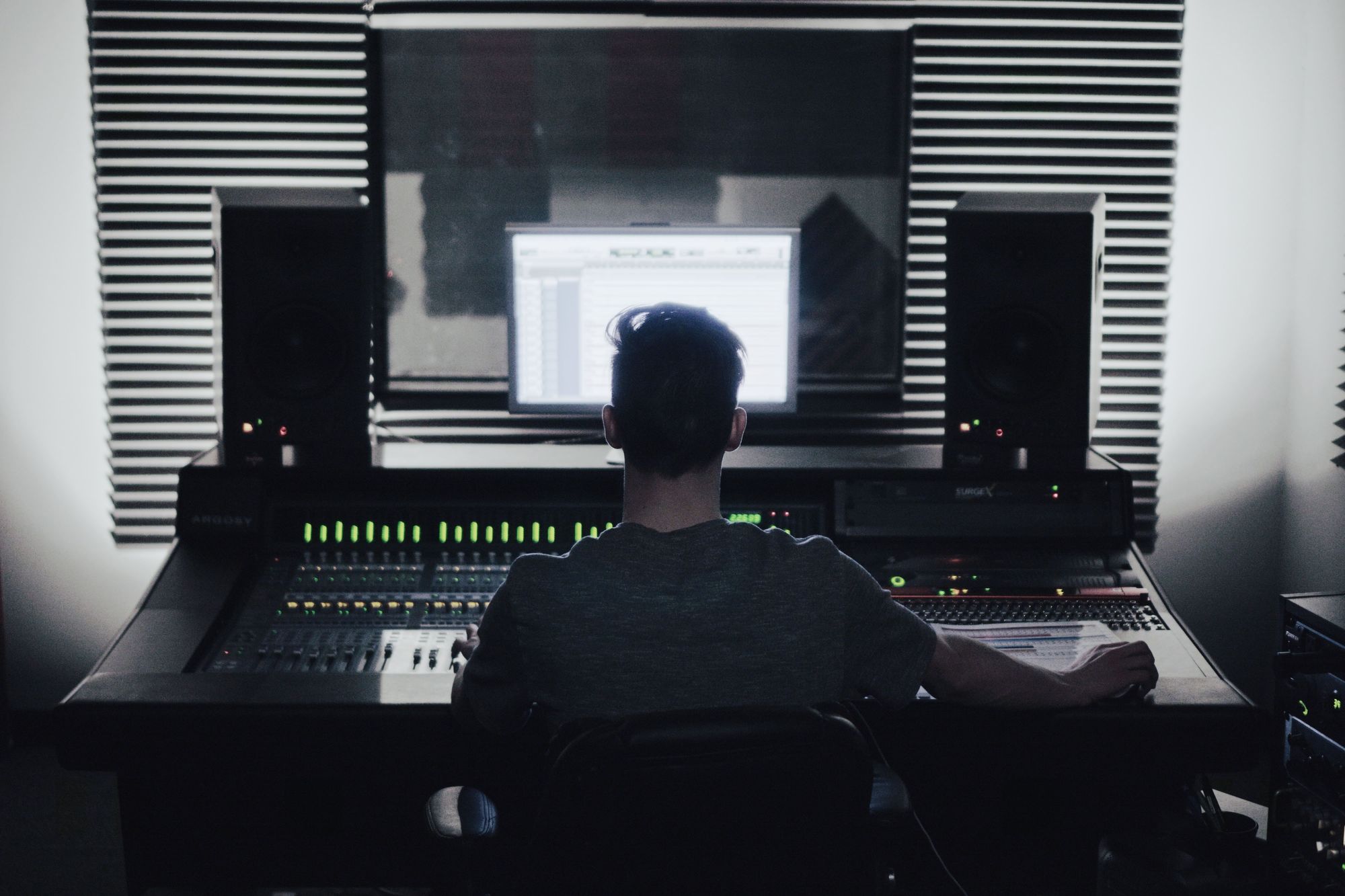
It's hard to write down a strict guideline when it comes to film sound. As we just went through above, it has a lot of different uses. And so, it's challenging to do a plug-and-play checklist.
Nevertheless, there's a couple of things you need before you can ace your sound.
The right microphone
The first crucial element of any good sound design is the equipment—the microphones and recorders.
To record sound, you need something to record it with.
When it comes to microphones, you got a couple of options.
Firstly, you got the so-called omnidirectional microphone. Which picks up sounds in all directions. Their pick-up pattern, meaning the shape in which the microphone pick up sounds, is a circle. The circular pattern allows the microphone's front, sides, and back to pick up sound.
Omnidirectional mics are one of the most flexible mics you can use. Although, most cinematographers don't need this much audio during filming and can even lead to excess white noise.
Secondly, you can try the cardioid microphone. The cardioid mic only picks up sounds from the front and sides of the microphone. They're a genuinely universal microphone. As they don't suppress sound in any one direction, the ambient noise picked up can occasionally add to the quality of the film.
Third and lastly, you got the unidirectional microphone, more commonly called a shotgun mic. These mics will only pick up sounds from where the barrel of the microphone is pointed.
Unidirectional mics offer a great sound range, and unwanted outside noise is rejected well to avoid dialogue distractions.
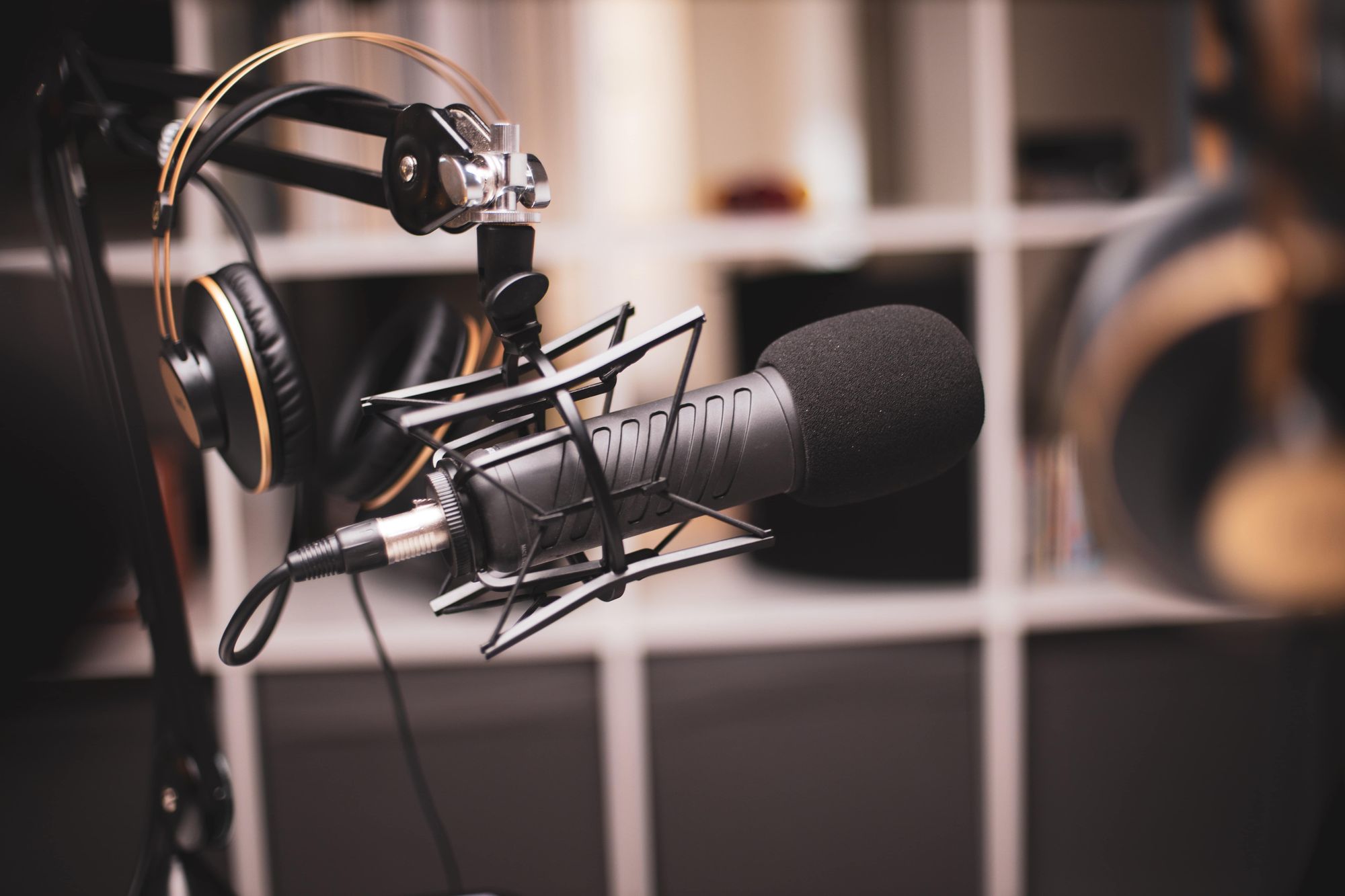
The art of foley
Foley is the art of creating sounds in a studio that mimic sounds that'll be in your film. It's the reproduction of everyday sound effects that you add to your post-production process.
Its purpose?
Foley help make the world of your film more believable and make the sound design fuller – basically, you practice foley to build up a realistic world of your movie.
Foley is essential in filmmaking as it alters how your audience views the world you're showcasing.
Being new in audio production, you need to find your hacks on how to learn foley. One way to learn foley is by taking an existing clip and then doing your foley. You can also create a foley studio. If you have a good microphone and some proper props, you could do your foley for a clip from a movie. It's an excellent way to practice and could be something you add to your showreel to start building a portfolio.
The ambient noise
Another crucial part of the sound design process is the ambient noise. Ambient noise is a funny thing. Its purpose is to create noise over your footage. Ambient noise act as a cradle for all your other sounds in the scene. And without it, the rest of your film sound would be undergrounded and seem to come from nowhere and be unmotivated.
To begin making your ambient soundscape, you should record a "silent" take on the day you shoot. Make sure the conditions are the same in the space as when you were doing all other takes. That process is called "room tone." The equipment and furniture should be in the same place, and the same amount of people should be in the room so that the room tone is authentic.

The room tone will be the basis of your ambient soundscape. In post-production, you can add other ambient sounds to build up the base of your soundscape. Often these efforts won't 'sound' like much, but they will have unconscious effects on your audience.
The music and score
Another crucial element of film sound is the music. Now, I'm not saying that every movie should have Céline Dion blasting how her "heart will go on" at the top of her lungs. Music in film has shown to have powerful abilities to wake emotions in your audience – Céline Dion or not.
Think about the soundtrack in Shrek. Whether the sound of "somebody once told me the world is going to roll me" make you scream with delight or shudder, you can't deny that the sound designers were onto something when they decided to mix boomer and Gen X musical sensibilities. Never have living in a tree log been so cool.
Or think about the iconic track that followed the Footloose paragon. Kenny Loggins' Golden Globe-winning track enchanted generations of audiences, with some unmistakably 80s tracks forming a time capsule of rock-pop that'll make you think you're wearing parachute pants.
You get the point, right?
Music can be everything for a movie and is a fundamental part of sound design.
It can be hard to secure free film music or music licensing for your film. So, take that as an opportunity to work with other artists and film composers to make original music for your project, or try creating your own piece. Often the music doesn't have to be complicated and intricate to be effective.
The sound mix

Sound design and mixing are essential because it takes all the elements, blends them in one delicious power juice, and makes sure all the audio elements work together.
The mix makes sure all the levels in the design are correct and ensures that the music isn't too loud, that it isn't overruling the dialogue or that the background noise isn't so low that you'd have to have Dumbo ears to hear it.
21 sound design tools and techniques
There exist loads of tools and techniques that can help elevate your film sound. Simple hacks that really can take your audio from sounding like me singing in the shower to Joker-professional audio.
1. Use audio effects
As a new sound designer, you can use audio effects to enhance ordinary sounds in your film, including:
- Changing the order of effects
- Routing effects in various ways
- Layering different effects
2. Experiment with various recording techniques
Try using experimental recording techniques to alter your original audio; this could include:
- Using signal chains
- Using different microphones
- Positioning microphones in different locations
3. Create with DAW And plugins
You can use and create film sound with your digital audio workstation and the plugins that you already have, which allows you to:
- Change audio speed
- Change playback direction
4. Try sampling
Sampling involves including audio from other sources in a recording. Take, for example, hip-hop music, which is often sampled by:
- Using in-built synthesis tools, e.g., filters and envelope generators
- Changing factors including the decay, attack, sustain, and release
- Creating original samples
- Adding a transient sound, such as extra drums

5. Begin with synthesis
Synthesis is when you create sounds from scratch using your parameters and can influence your audio.
6. Let MIDI help you
MIDI can help you as a sound designers control different features of sound recordings. MIDI makes experimenting with various sound elements easy.
7. Field Recording
Field recording is when you collect sounds, also called found sounds, from anywhere outside and bring them back into your studio.
8. Sidechaining
Use sidechaining when you want to provide more clarity to your film sound. It's a technique where an audio effect activates an audio track to balance it out.

9. Record Everything
That's right. You never know when lightning strikes. As a sound designer, you should always record everything. When filming, every day is recording day. Use an external wave editor as it preserves any random strokes of genius.
10. Give your sound a rewind
You can try to reverse your film sounds via sampling or by manipulating the DAW timeline, giving your sound a new complexion.
11. Save your FX chains
When you make an audio effects (FX) chain, make sure you save it so you can use it again whenever the right situation occurs, without the need to load plugins individually.
12. Use The Wrong Plugins
Sometimes doing wrong can be good. It's like binge-watching Jersey Shore; wrong in so many ways, and yet it's so good.
Well, doing something wrong in sound production might give you the audio you were looking for. Using a vocoder on a guitar riff or a vocal enhancer on drums can create unusual and exciting sounds.
13. Don't shy away from distortion and noise
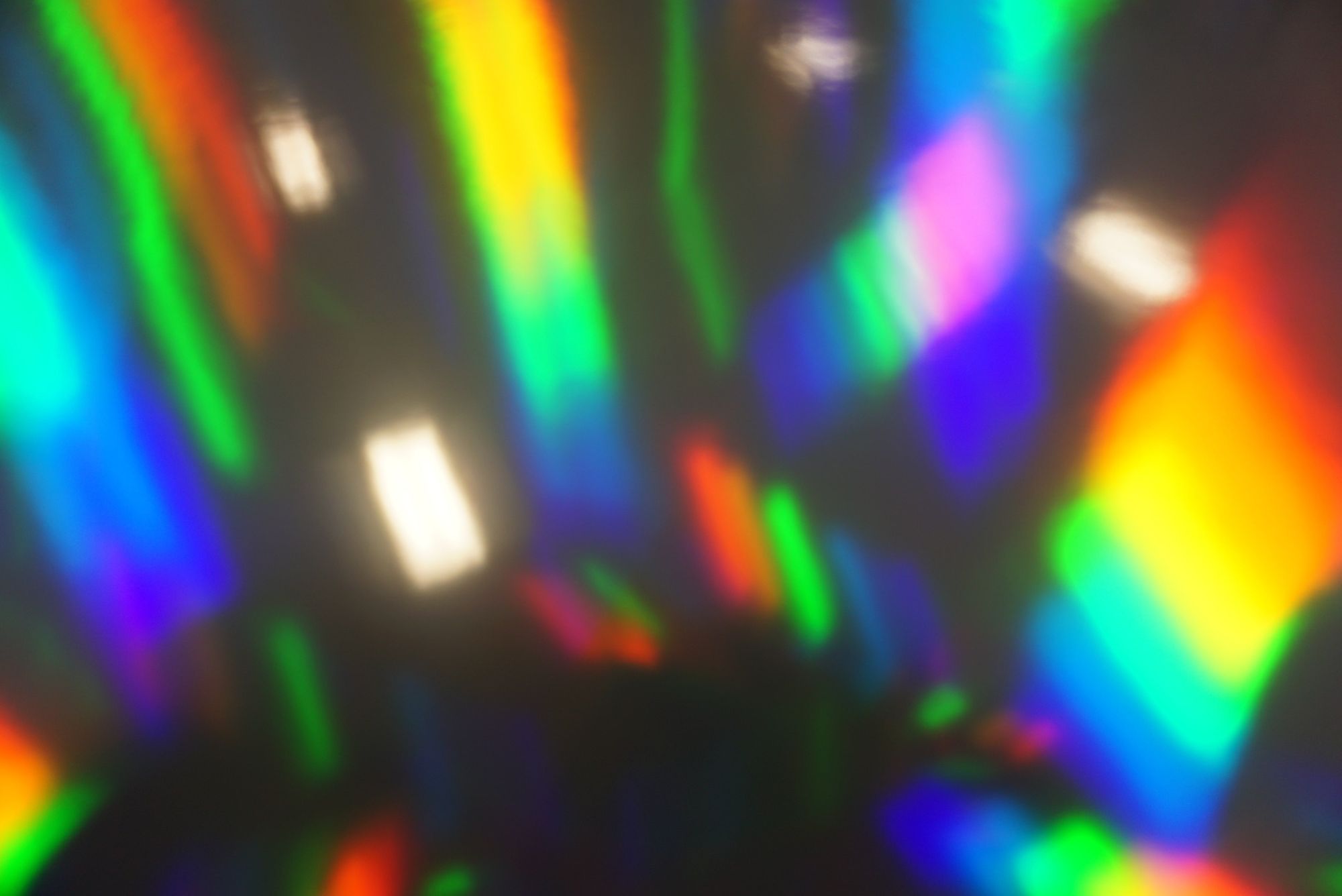
I know, in filmmaking, you often hear that you should try to avoid distortion and noise. However, using this actively (and strategically) can be striking. Pre- and post-filtering can amplify or dilute these elements, depending on the desired sound.
14. Investigate patch cloning
Patch cloning helps sound designers understand how each change they make impacts sound. How to do it?
Open two instances of a plugin, initialize one and load a preferred pre-set into the other. Then match the parameters on the initialized synth to the patched one – there you go, one patch cloning coming up.
15. Use bitcrush for striking audio production
Bitcrush will help you create unique sound effects that add interest to a sound or create intense sound variations.
16. Mash up your existing parts
Combining different audio sections by manipulating them, changing their order, and layering them can make for innovative film sound.
17. Layer sound textures
Layering sonic textures, such as a grainy field recording, can create new film sounds and make a piece of studio-recorded music feel much more Linkin-Park-edgy.
18. Experiment with off-screen space
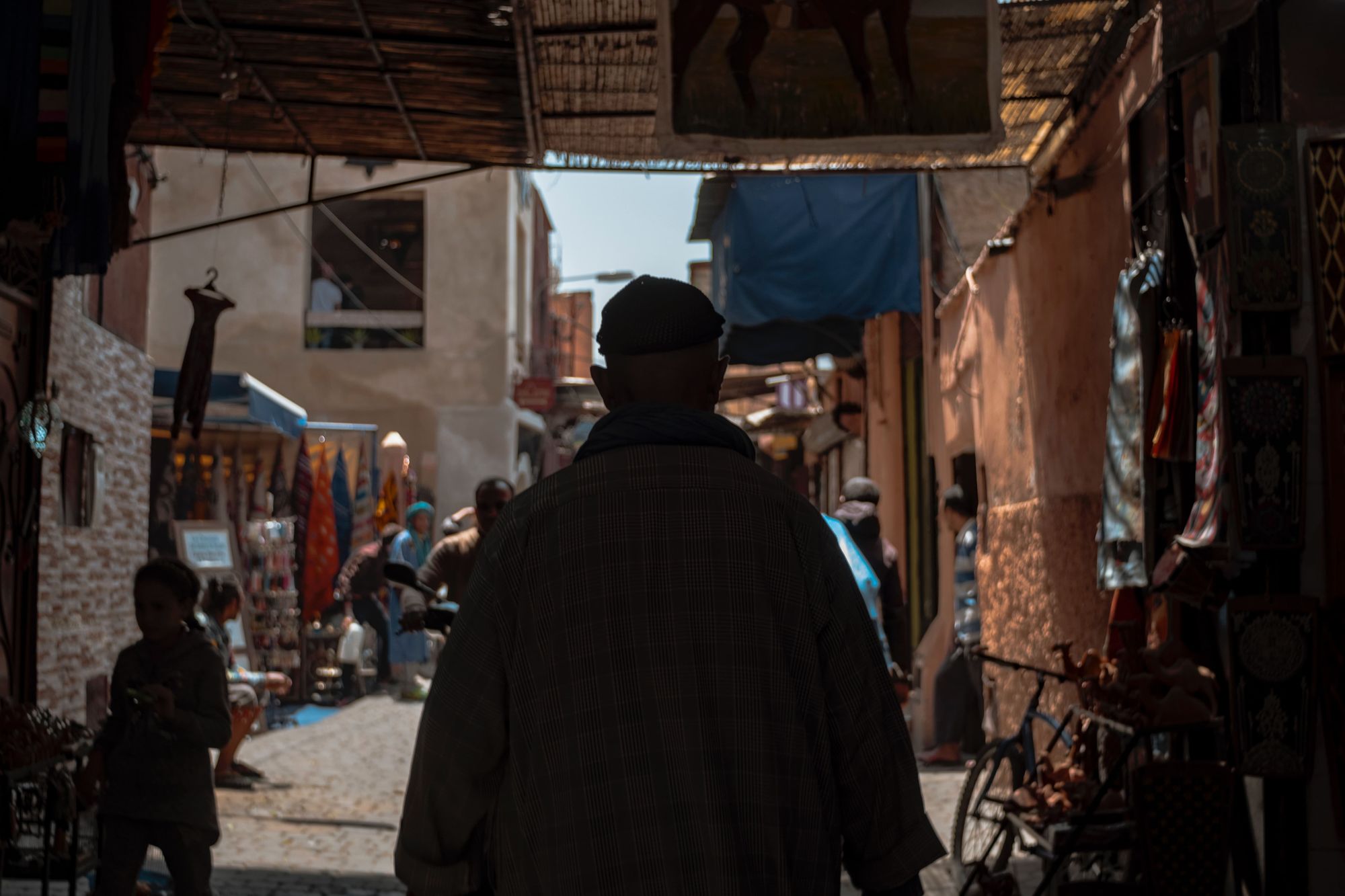
Your audience should know what's going on on-screen, which your visuals are responsible for.
And they should know what's going on off the screen.
Which your film sound would be responsible for.
For example, the sound of an alarm clock (which, if you're an Apple user, can be a very frightening thing to experience). Now, we might not see the actual alarm, but we see a person sleeping in his bed. The alarm sound is non-diegetic and helps create a sense of off-screen space.
Us the audience, now knows that there is an alarm in the room and that the person is far deep into blanket street. Using non-diegetic sound creates a sense of space and adds a fullness to the world of your film.
19. Effective use of sound bridge
Use the sound production technique called a sound or audio bridge. An audio bridge is a transition that takes the audio from the next scene in the sequence and uses it in the one before. Meaning you hear the next scene before you see it.
Sound transitions can boost your project by breaking away from the usual cross dissolve or fade in and fade out.
20. Create sounds based on your film location
Another great technique to use when designing sound for film is to create audio that fits your scene's setting. Sound can be very grounding and help set the location of your scene.
The background and atmospheric noise tell us, the audience, where the scene is taking place. Although these sounds are usually quiet, they are essential to a location, and if you don't include them, it can make the scene feel unnatural and off.
If a scene of yours is taking place on a busy street, the background noise should be that of a busy street: There should be sounds of people talking, car horns, and the light sounds of engines revving. Or if your set is in Vegas, the background noise should be that of puggy-machines, drag queens on viva las gay gas tour and t-shirt guy puking in the fountains of Bellagio.
Background noise should be there to let your audience know exactly where the scene is taking place.
21. Use the appropriate software: Pro Tools

Made by Avid, Pro Tools represents the industry standard for film sound and mixing. Pro Tools offers several plugins and represents one of the best tools for sound mixing and creation.
Pro Tools is also an excellent software if you want to create your film music. Royalty-free music can be hard to come by but with Pro Tools; you can do this yourself. And remember, film music doesn't have to be complicated to be effective.
What does a sound designer do?
Most sound designers are self-employed and may work on several projects a year.
If you want to become a successful sound designer, you need both creative and technical skills.
More specifically, to be a sound designer, you need a comprehensive understanding of musical history and genre, a musician's sensitivity to timbre, rhythm, melody, harmony and musical structure (obviously, if you're tone deaf, you'll have a challenging time).
A sound designer will also need a deep understanding of psychoacoustics, system engineering, acoustics, computer networking, component integration, and the systems for sophisticated audio distribution.
You must understand how fundamental sound is for the storytelling process – think of Shrek's tree log – to transport an audience directly into the world of your film and make it an unforgettable experience.
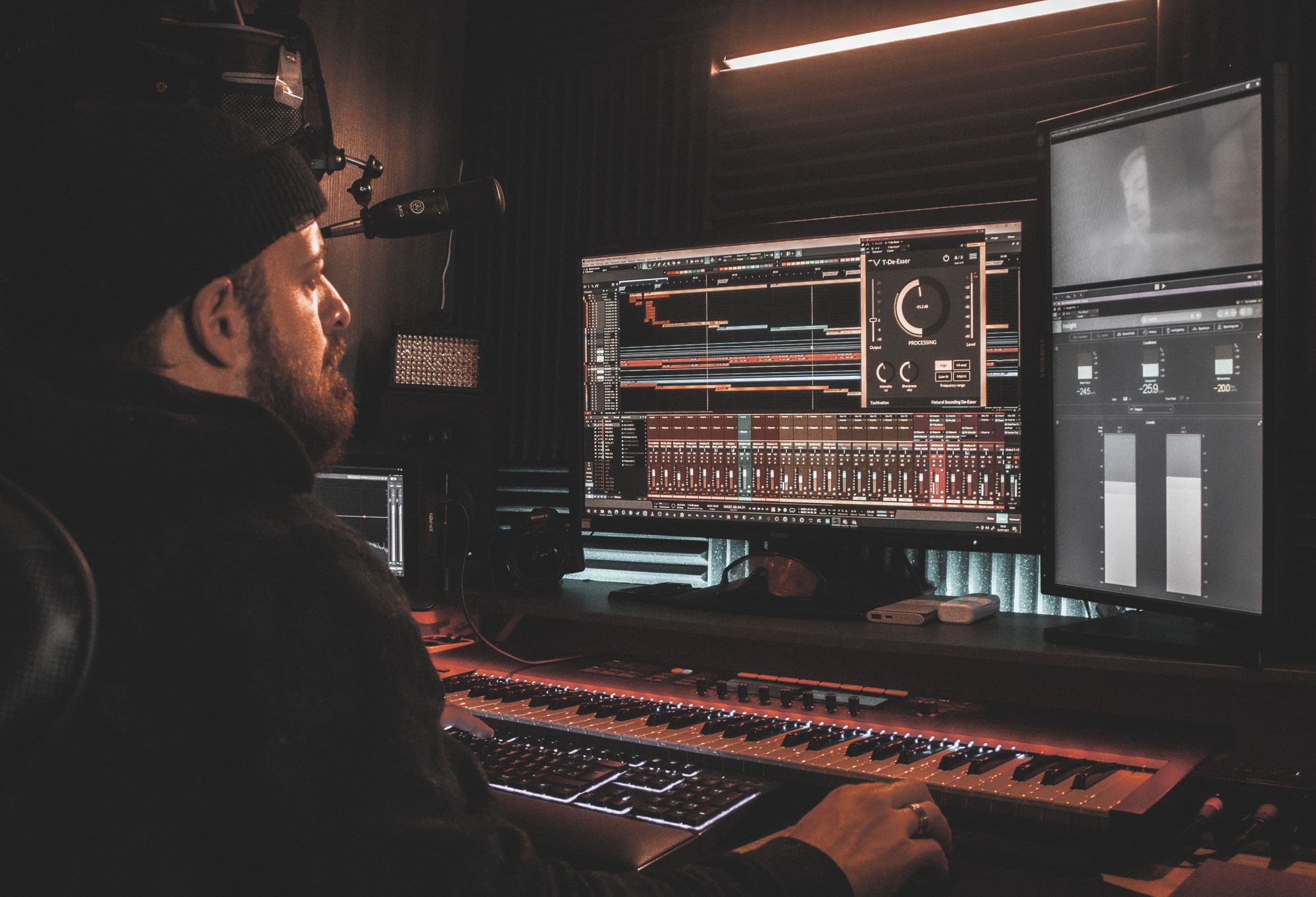
Overall, the sound designer has three essential responsibilities:
1. Live recording and design
Sound designers may record sounds, use sounds from a sound library, or create original sounds during this initial step.
Advise how the actors in your film are heard the best way possible; this can involve acoustic adjustments or the addition and configuration of radio and float mics.
2. Mixing, editing, and implementation
Next, sound designers edit and synchronize their sounds with videos. They cut and mix sounds to make them more effective, using sound engines to implement them.
3. Mix the sound effects
The Sound designer may create sound effects, atmospheres, sonic textures, and ambiences that will generate real and abstract worlds for the story and aid the audience's emotional and dramatic connection with the performance.
A sound designer's work during the production process
To make the whole sound designer job description a tab more manageable, let's break the tasks of a sound designer down into the filmmaking production phases.
Not sure about the filmmaking phases?
Learn all about them with our article on filmmaking 101.
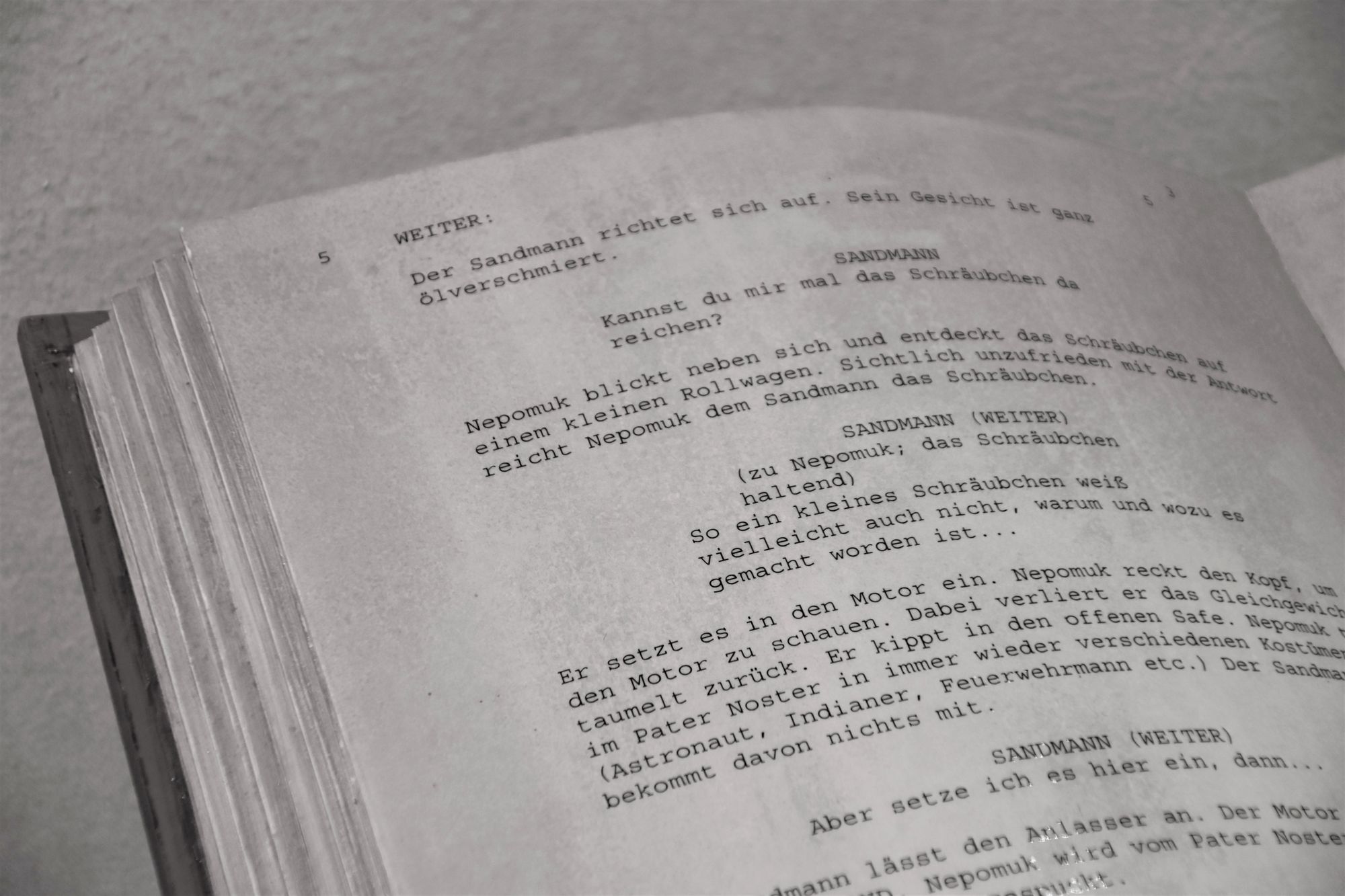
The pre-production phase
During pre-production, the sound designer studies the script with the director. They collaborate to determine the audio needs. Some directors will have a distinct idea about how their projects should sound, while others are more open to suggestions. As a sound designer, you'll attend rehearsals to help the director and DoP develop an appropriate soundtrack.
It's also during pre-production that you start allocating your budget on (depending on the size of your production):
- Sound production crew
- Recording studios and shooting locations
- Music licensing
- Voice-over recording
- Sound editing and mixing
The production phase
During production, the sound designer is responsible for setting up sound playback equipment and, if required, training the soundboard operator.
The post-production phase
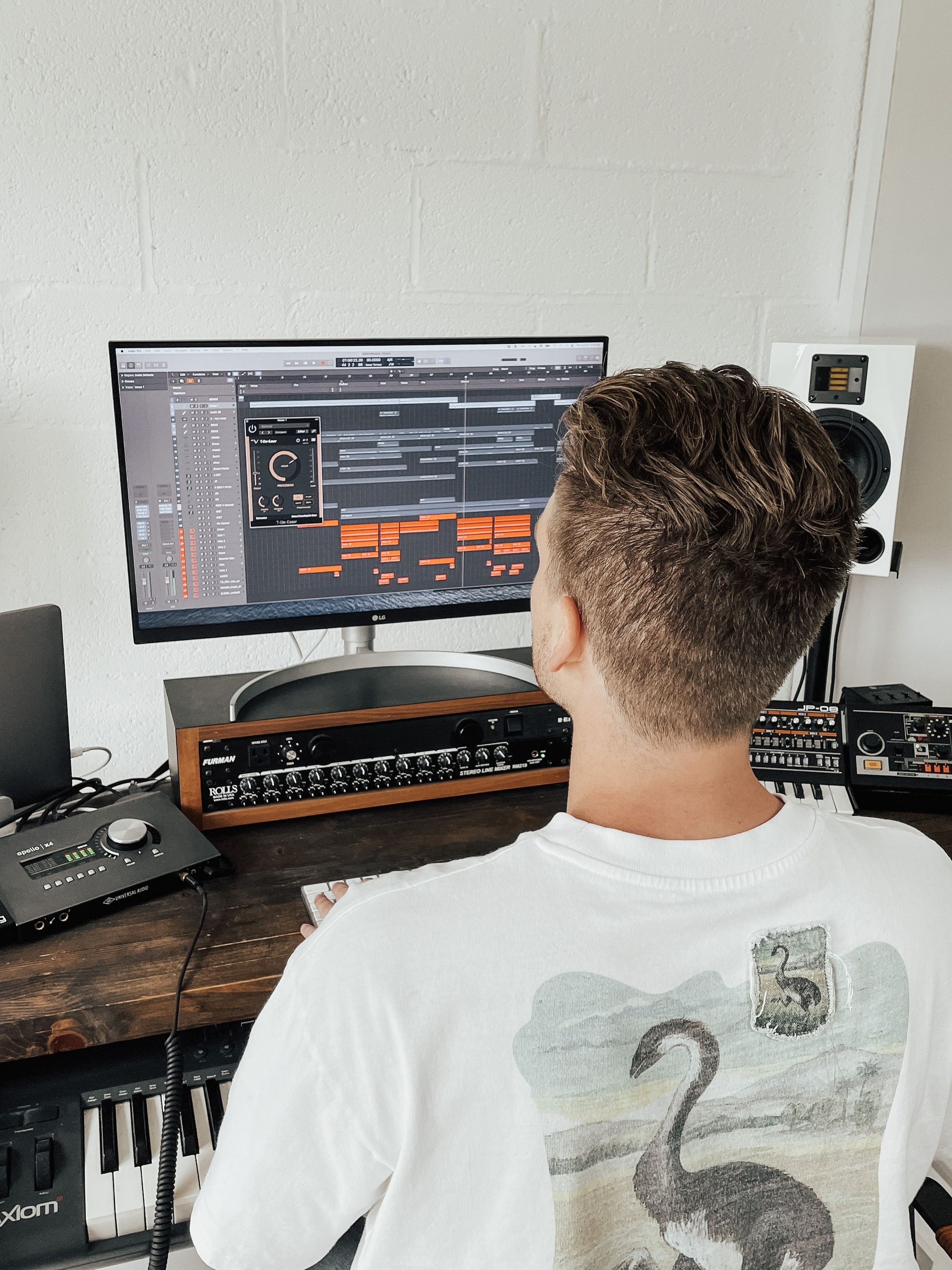
During the last phase of the film sound process, the sounder designer will refine the audio and ensure everything sounds as it should, including:
- Working with audio files that correspond to visuals
- Placing dialogue and music on the timeline
- Designing the needed audio
- Adding dialogue, music, and voice-overs
- Ensuring audio syncs correctly with the visuals
Basically, during post-production, sound design is about putting everything the audience hears together.
What's next?
At first glance, sound design can seem overwhelming. However, sometimes learning by doing is the best route to master something – audio production for filmmaking included.
Learn the robes of the filmmaking basics or dive into the specifics of filmmaking, such as how you can achieve professional film lighting.
About the instructor
Rory Nichols
Freelance Director
London, United Kingdom
Rory Nichols is a freelance director and editor based in London. With a background in broadcast and advertising where he has worked on some of the UK’s top programs and with some household brands.
FAQs
What is sound design?
Sound design is creating audio for film, television, advertising, music, and various other productions. The sound design process involves recording, mixing, sampling, developing, or producing sound elements.
What is sound design in a film?
Sound design is the art and practice of creating audio for a film using various sound production techniques and tools.
Filmmakers utilize sound design to enhance the mood, atmosphere, and tone of the world they are creating. Sound design is the final and most crucial element needed to create an immersive experience for the audience.
How to learn sound design?
The easiest way to learn the robes of sound design is by looking into some sound design software. The industry standard is Pro Tools.
If you’re not a hands-on learner, you can take formal courses in sound design and learn the principles behind how sound is created and manipulated. You can also find plenty of resources both online and offline. You can also take it to YouTube, which offers plenty of videos on learning sound design as well. Lastly, you can also give online forums a try. Many good design forums are full of questions and answers that can help you learn.
What do you need to become a sound designer?
Sound design requires both technological and artistic skills. A sound designer needs to develop knowledge and techniques in recording, mixing, and special effects to create unique and exciting sounds.
To get into the field of sound designing, consider to:
- Start small, perhaps in community theatre or as a voiceover sound engineer on an indie film production.
- Be patient; it may take years of experience until a good career opportunity presents itself.
- Work as a freelancer; early in your career, you may need to consider volunteering for any part of the production process.
- Create your sound library; creating original and store it in your library can be helpful to get a foot inside the industry.
- Listen to as many music recordings, film scores, and sound designs as possibly you can.
Why is sound design important?
The importance of sound design cannot be overstated. Often, the visual side of filmmaking gets the most attention; however, those visuals, no matter how striking they may be, don’t hold the same weight without strong cinematic sound to back them up.
Sound design can enhance visual storytelling. It can give life, authenticity, and dimension to the moving picture.
What is an example of sound design?
Some sound design examples include:
The swish sound of Wolverine’s claws and the sound every time Spiderman lets a new string of web lose are sound design examples.
In Jurassic Park sounder designer, Gary Rydstrom needed to come up with dinosaur sounds. In this process, he took inspiration from living animals. Rydstrom manipulated sounds from the hoots of geese, the shriek of dolphins and the galloping horses.
Psycho and the infamous shower scene are another sound design example. Although you don’t see Norman Bates repeatedly stab Marion Crane, you hear every slice of the knife going into her body. Long the invention of SFX programmes, Alfred Hitchcock achieved this iconic sound by stabbing melons.
Or, in the War of the Worlds, sound designer, Michael Babcock, used recordings of rollercoasters, bike chains, and railway trains at various speeds to create the Tripods movements.
What are the elements of sound design?
Sound design has a couple of primary elements, here among:
- Ambient Noise
- Foley Art
- Audio Effects (SFX)
- Voiceover
You can always experiment with different sound design methods to create a unique and suitable sound for your production.























